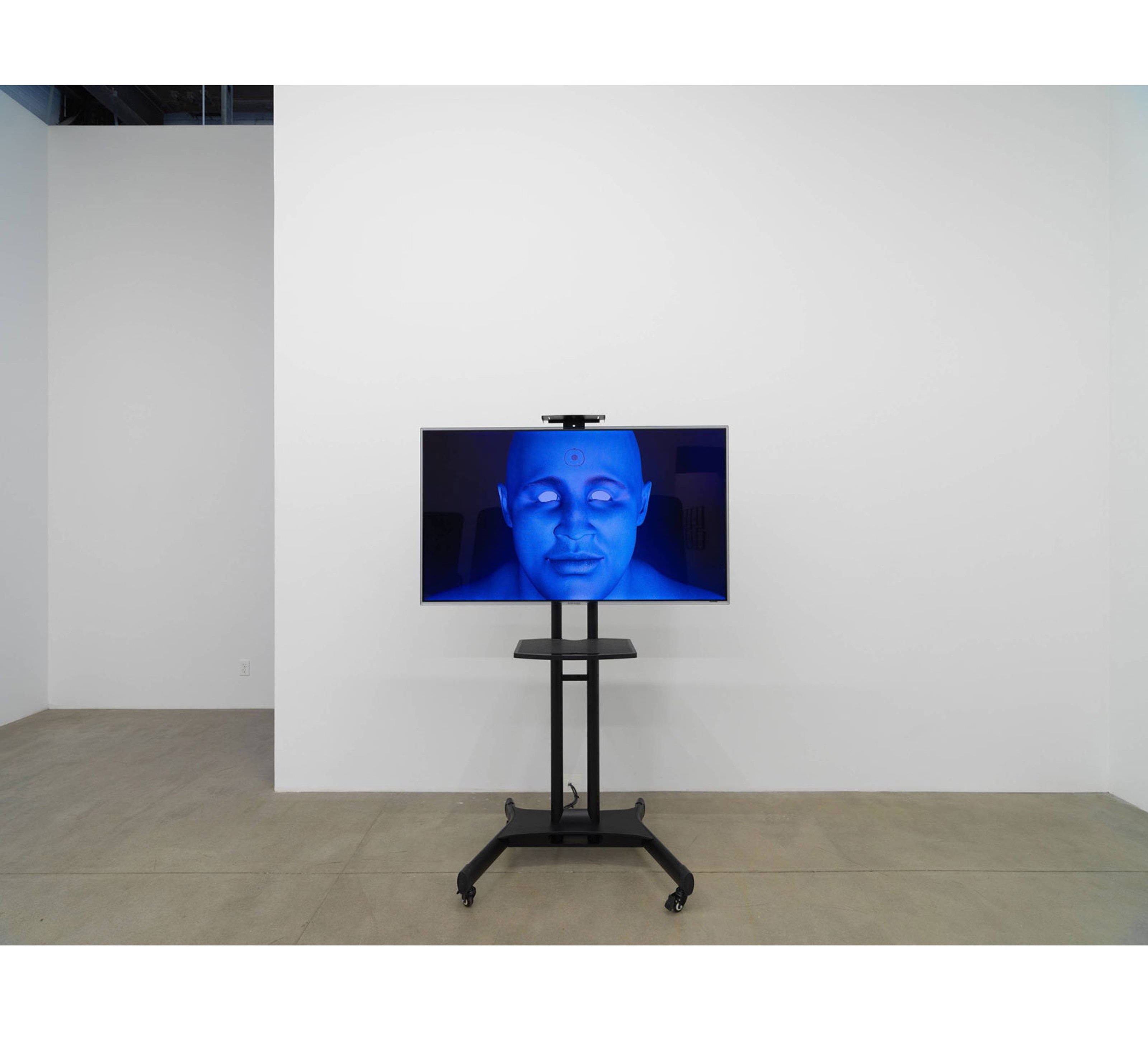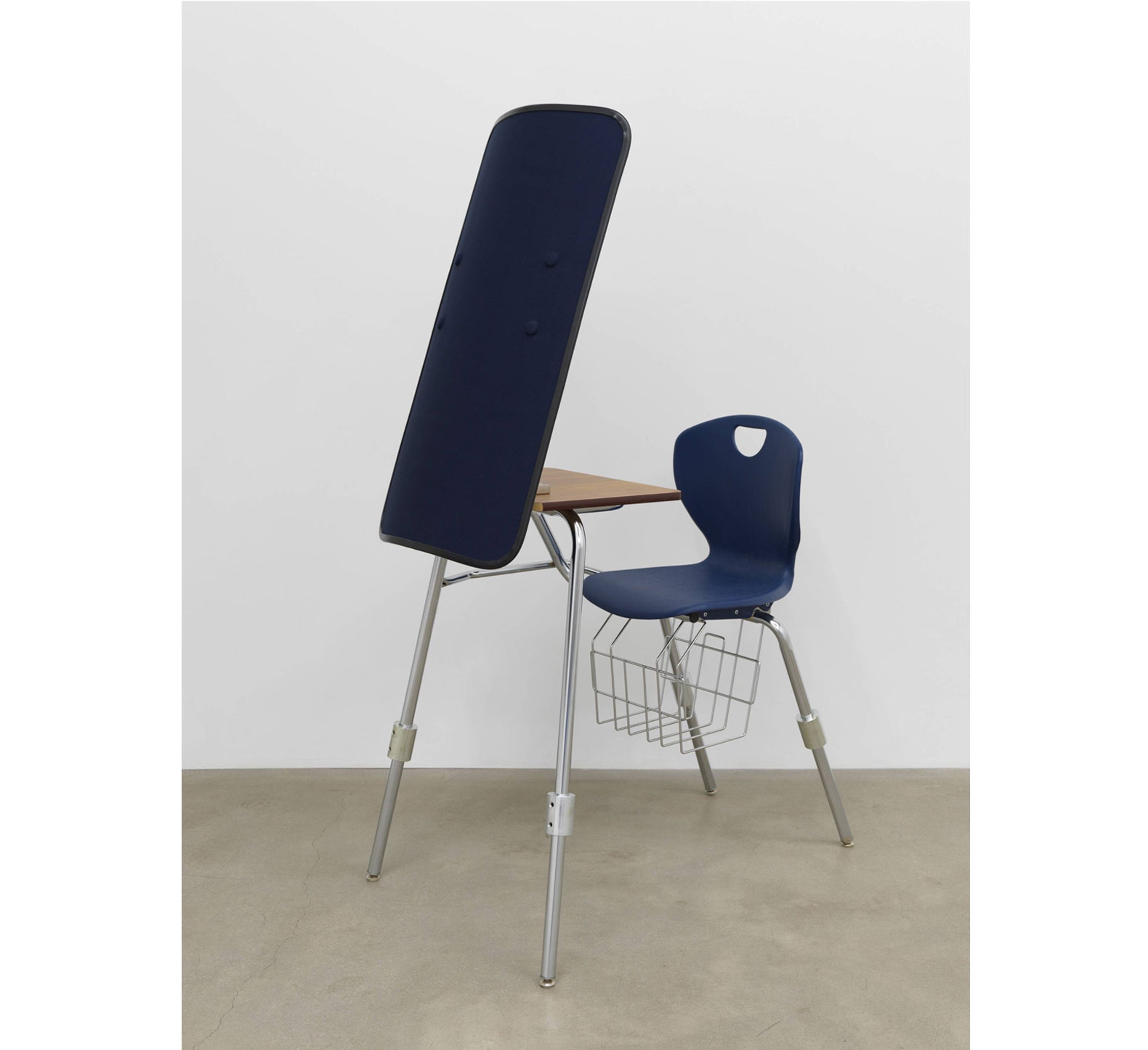As part of NADA’s New York Gallery Open, some of New York’s most celebrated galleries talk to Collecteurs about the current cultural landscape and why community is the key to the vitality of the overall arts ecosystem. Here we sit down with Margaret Clinton of Koenig & Clinton.
Follow Koenig and Clinton on Collecteurs and view the most recent exhibitions.
**When was the gallery launched? And how did it all start?
**
Well, the gallery has had many lives and many homes over the course of 20 years. Leo Koenig started Leo Koenig Inc. in 1999 in Brooklyn and then moved to Lower Manhattan shortly thereafter. I partnered with Leo in 2012, while the gallery was in Chelsea, with the aim of expanding the roster both in terms of both media and international dialogue. We introduced Koenig & Clinton after moving to 19th Street—a spatial move that was prompted by Hurricane Sandy. I have been leading the program for the past few years and will reopen the Bushwick gallery under my own name this summer as Leo transitions completely into the secondary market.
What inspired you to want to open gallery? What need were you trying to fulfill?
My relationship to art started with my friends at university at a time when my studies focused on cultural studies, critical theory, and design. It soon became apparent that I was more compelled by discussing, researching, and writing about art work than design. Towards the end of my undergraduate education, while working at university museums and galleries, I began assisting friends with production and writing about their work. A few years later, while taking a year off of graduate school, I earned money by working full-time in a commercial gallery. I respect professors immensely, but for me working in a gallery just felt more dynamic. It allowed me to marry my appreciation for creativity and criticality to commerce by sharing the work of artists in a public platform.
In terms of purpose, my former boss Miguel Abreu, who was trained as a filmmaker, once said that it was our job to edit out the world so that people could encounter it again. That statement remains a guiding principle. My own sensibilities have always been calibrated towards understanding ecosystems, economies, and exchange. I think that in the U.S., younger people are keenly aware of the outcomes of rampant consumerism and they’re finding well-informed alternatives to oversaturation and speed.
At the gallery, we continually think about how we collaborate with artists to produce museum quality exhibitions of rigorous work in a meaningful format. I sometimes explain that I am part of the ‘slow food’ movement of the art world in which we want people who visit exhibitions to think about where the work comes from and to consider their own active engagement. Visitors have the right to ask – why this? why now? We run the shows long enough so that they can return a few times. I believe that good artwork induces us to ask questions to reach into the past and into the future. I want to fill the need for a space to ask those questions.

It’s becoming increasingly challenging to drive steady foot traffic into gallery spaces. What brings your gallery visitors?
Museum-quality exhibitions, curiosity about galleries and about our neighborhood. There’s also great contingency of artists that live and work all around us so that’s really a pleasure too.
Tell us a little bit about your program. What initiatives does your gallery support?
We focus on actively building a cross-generational gallery program that reflects the rich diversity of cultural and aesthetic approaches that are historically characteristic of New York City. The shared DNA of the roster is rigor. Regardless of an artist’s age or cultural background or artistic training – I am drawn first and foremost to rigor.
In addition to supporting local artist-run spaces, we also do our best to support various artist-driven initiatives around New York, spaces such as: The Kitchen, SculptureCenter, W.A.G.E., Triple Canopy, Studio Museum in Harlem, Artist’s Space, White Columns, Triple Canopy, Blank Forms, Artadia, Independent Curators International, etc. Upstate, we have also hosted a memorial benefit art auction in honor of a young artist named Michelle MacNaught. 90% of the funds raised support K-12 arts education in a very underserved county. The rest of the funds raised support cancer research.
Given the history of the city, so many of the gallery spaces have interesting “past lives.” Does yours have one?
When we first saw the space it was an abandoned loading dock but in the 1930s and throughout most of the 20th-century it was a steel-cutting factory and up until last year, there was a building that looked a lot like it two blocks away.
A cumulative understanding of history is important to us, so we worked with Popular Architecture to make certain that the original structure was still visible. Overhead you can still find the original gantry and outside of my office, you can find the footprints of a feline trespasser in the old industrial terrazzo.

C: Local support systems seem to be the key to success in the current cultural landscape. We’d love to know more about any current support systems you have in your neighborhood.
MC: Our neighborhood hosts a really interesting smattering of galleries, artist studios, restaurants, bars and small businesses old and new – and we depend on one another pretty heavily. In terms of the creative class specifically, the gallery is geographically situated in close proximity to artist-run galleries, performance spaces, and music studios. We visit one another’s shows, we recommend each other’s spaces to our visitors. On the gallery’s website and at the front desk we have a map with a local selection of galleries, bars, and restaurants so newcomers can plan their visits.
C: After 17 years in Chelsea, you chose to move to Brooklyn. What prompted the relocation? Are you satisfied with the decision?
MC: In the course of five years, we went through three large-scale build outs. The first, in 2012, when Sandy flooded the gallery on 23rd Street. The second, in 2013 when we moved away from the river to 19th Street, and then again in 2017 when our building was sold and the property taxes soared. In a statement that we released at that time, we expressed that we wanted to be near artists and we still believe that a gallery is only relevant when artists are visiting. Our gallery is frequented primarily by artists and by new audiences that have never stepped foot into a gallery because they’re intimidated. As the commercial gallery system undergoes its own cultural watershed, I’m very happy that we are nestled in a well established creative center of New York.
C: As the consumption of culture shifts more and more online. What creative ways are you exploring to continue to be relevant? What part does the community play in this (if any)?
MC: The initial phase of cultural consumption may indeed be taking place more and more on digital platforms but quality is still quality.Inquisitive minds won’t abide mediocrity regardless of the delivery method so we do what we can to make relevant information accessible via our website, social media platforms, public conversations, and publications. Just as a good designer doesn’t confuse a new design with a better design, we do not confuse social media tools with quality content and we feel no pressure to fabricate ‘dazzle’ at dizzying speed merely for the sake of maximizing impressions. In that way, we don’t measure our relevance by the metrics of how many followers we have on any given day. We are part of a great community of friends and followers, many of whom we also see in person. Social media is a great tool for helping us to keep in touch.
Artworks shown from top:
American Artist Blue Life Seminar, 2019
American Artist I’m Blue, 1, 2019